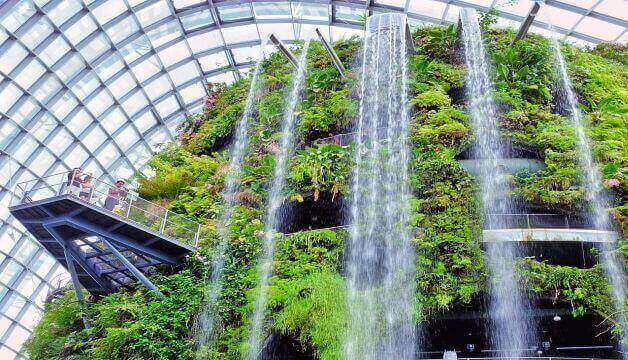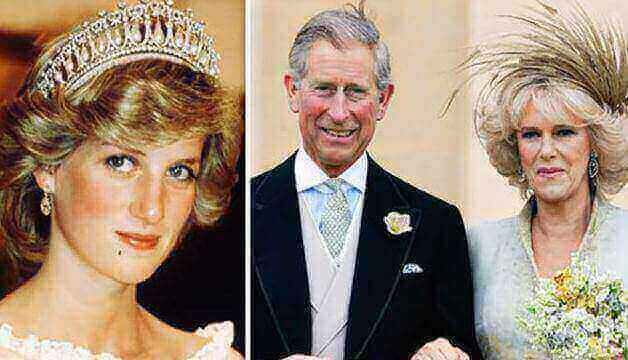Last Updated on: 14th July 2023, 04:11 am
‘Green Buildings’ Are The Future In Coming Years
Nobody can deny by this statement that “Green Buildings are the Future“. According to NASA, 16 of 17 world’s on-record hottest year were observed after 2001. That is why climate change is on the global agenda and almost every country in the world has signed the 2015 Paris Agreement.

The main objective of the Paris Agreement is to keep global temperature rise below 2 0C as compared to the temperature level before an industrial period.
Environmental Report Of The United Nations
According to the United Nations Environmental Report, the world suffered an estimated $230 billion worth of damage due to climate change in 2017, including US Hurricane Irma, Harvey, and Maria, fires in Portugal‘s forests, Bangladesh, Incoming floods in India and Nepal, Destruction of coastal areas of Australia due to rising sea temperatures and more.
To avoid this and similar warnings, and to prevent global temperatures from rising to 2 0C by 2050, it is important to keep carbon dioxide emissions below 2.9 trillion tonnes worldwide.
Problems of Settlement in the City
According to experts, As people migrate to cities, global temperatures will rise. It is estimated that around 70% of the world’s population will be settled in cities by 2050.
Currently, 70% of toxic gases are emitted from cities, of which 40% of toxic gases only emit by buildings. The future of buildings lies in “Green Construction” to control emissions of toxic gases from buildings.
Green building technology
The role of buildings in keeping the global temperature rise below 2 °C cannot be ignored. Green buildings record a 34% reduction in emissions of toxic gases in the United States and this is just the beginning.
For Green Buildings, city planners and architects around the world are acquiring sustainable resources for building materials and obtaining LEED (Leadership in Energy and Environmental Design) certification.
LEED is a global standard of grand buildings, with LEED v4, contain the highest ranking. Through the Credit and Points system, LEED encourages architects and city planners to use the most durable construction materials.

Under the LEED v4 standard, buildings are considered a living and breathing substance. The closer the nature of the construction of a building, the more connected it is to the environment.
LEED encourages city planners to build buildings on sites where they can benefit from shade and pre-utilities while making it easier for pedestrians and cyclists.

Also, getting electricity through Solar Panels reduces electricity consumption from the National Grid. At the same time, natural cooling is not only managed by growing flowers, plants, and vegetables on the roof but also for the effective use of rainwater. This helps you to keep the concrete buildings green.
The Role of Concrete
Storms and floods intensify as time passes, they weaken the ‘Concrete‘ one of the important components of building infrastructure. You can build a green building, but if ‘Waterproof Concrete‘ is not used in the foundation, it can lead to leakage, which can cost a considerable amount of time and money on repair work.
The same can be said about the walls and other parts of the Green Building. The higher the green buildings need repairs, the more energy will be spent.
Water affects the concrete quickly and damages it. That is why, waterproofing of concrete, especially Bentonite waterproofing, must be done. Bentonite waterproofing protects rain and floodwater from damage to concrete in building grounds, streets, and waterways.

In addition, if concrete Bentonite waterproofing is used in the foundation, it is also capable of transporting rainwater to the place where it can be used effectively.
Bentonite waterproofing also protects all types of water from being circulated in concrete, so that the groundwater below the building is not contaminated.
In addition, when water begins to leak into the building’s foundation, it raises the problem of aquifers. Floods are an invisible object, which rises from the base and slowly rise to the top of the building, causing mold, mildew, and fungus to form in the building.
To avoid this situation, Concrete Vapor Barriers should be used in the construction of the building, whereby the owners of the buildings avoid spending a lot of money on day-to-day repairs.
The Size of The Building and The Concrete
Under the LEED certification, the architects work in partnership with the structural engineers of the building and determine the right-size building structure, to ensure the energy-efficient use of the building.
An example of this is a micro-home in Japan called R.Torso.C, designed by award-winning architect Yasuhiro Yamashita. The size of this micro home is barely 338 square feet, however, it uses modern techniques to make it look larger than its original size.
One such technique is named NU-KE, one of the many features of which is to ensure that the sky is visible from inside the house so that the open space can be sensed. ۔ The team designing this micro home has used a new type of concrete, Shirasu.
The ash of the volcano is used in this concrete. The characteristic feature of this concrete is that no amount of water can penetrate it, but with time, it causes the concrete to become stronger.
Read our Other Articles:
- 5 Effective Ways to Compensate Your Low CGPA in the University
- Facebook Founder Mark Zuckerberg’s Carousel and Brushwood Estates
- Top 5 Key Skills Needed to Become a Public Relations Expert in 2021

Researcher, Blogger, Content Writer, Online Marketing Expert, Aptitude Test & Admissions Expert, Career Counselor.
PEC REGISTERED. ENGINEER. (NED University of Engineering & Technology)
CEO / Founder (The Educationist Hub)



